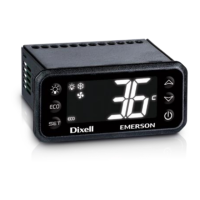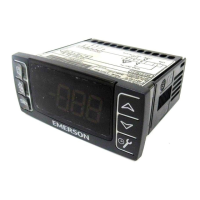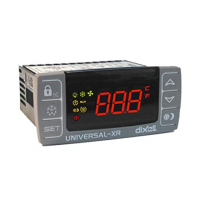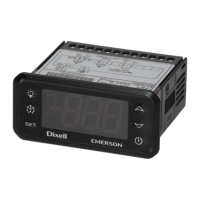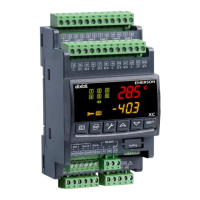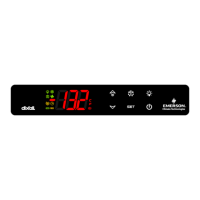User Manual Appendix B
GFK-1742F Jan 2020
DSM314 Communications Request Instructions 395
Verifying that the DSM Received Correct Data
For critical applications, it may be advisable to verify that certain parameter values were
communicated correctly to the DSM module before operation is allowed to continue. To
accomplish this, first program the Select Return Data %AQ Immediate Command to specify
a DSM parameter number to be read into the applicable User Selected Data %AI double word
(there is one User Selected Data %AI double word for each axis). Note that at least three host
controller sweeps or 20 milliseconds, whichever represents more time, must elapse before
the new User Selected Data is available in the host controller. This requires programming
some time delay logic to ensure that this requirement is met. Then, program a Double
Integer type Equal instruction to compare the value returned in the User Selected Data
double word with the value sent. Section 5 of this appendix shows an example of this. Also,
refer to Chapter 5 for more information on the User Selected Data word and the Select
Return Data command.
B-1.3 Operation of the Communications Request
The figure below illustrates the flow of information from the host controller CPU to the
DSM module:
Figure 181: Operation of the DSM Communications Request
A Communications Request is initiated when a COMM REQ ladder instruction is activated
during the host controller scan. At this time, details of the Communications Request,
consisting of command and data, are sent from the host controller CPU to the DSM module.
•
In the case of a Parameter Load COMM REQ, the command data specifies that data
is to be read from host controller memory and copied into specific DSM parameter
memory locations.
•
In the case of a UDT COMM REQ, the command data either specifies that data is to
be read from host controller memory and copied into a specific UDT memory
Segment or read from a specific UDT memory Segment and copied into host
controller memory.

